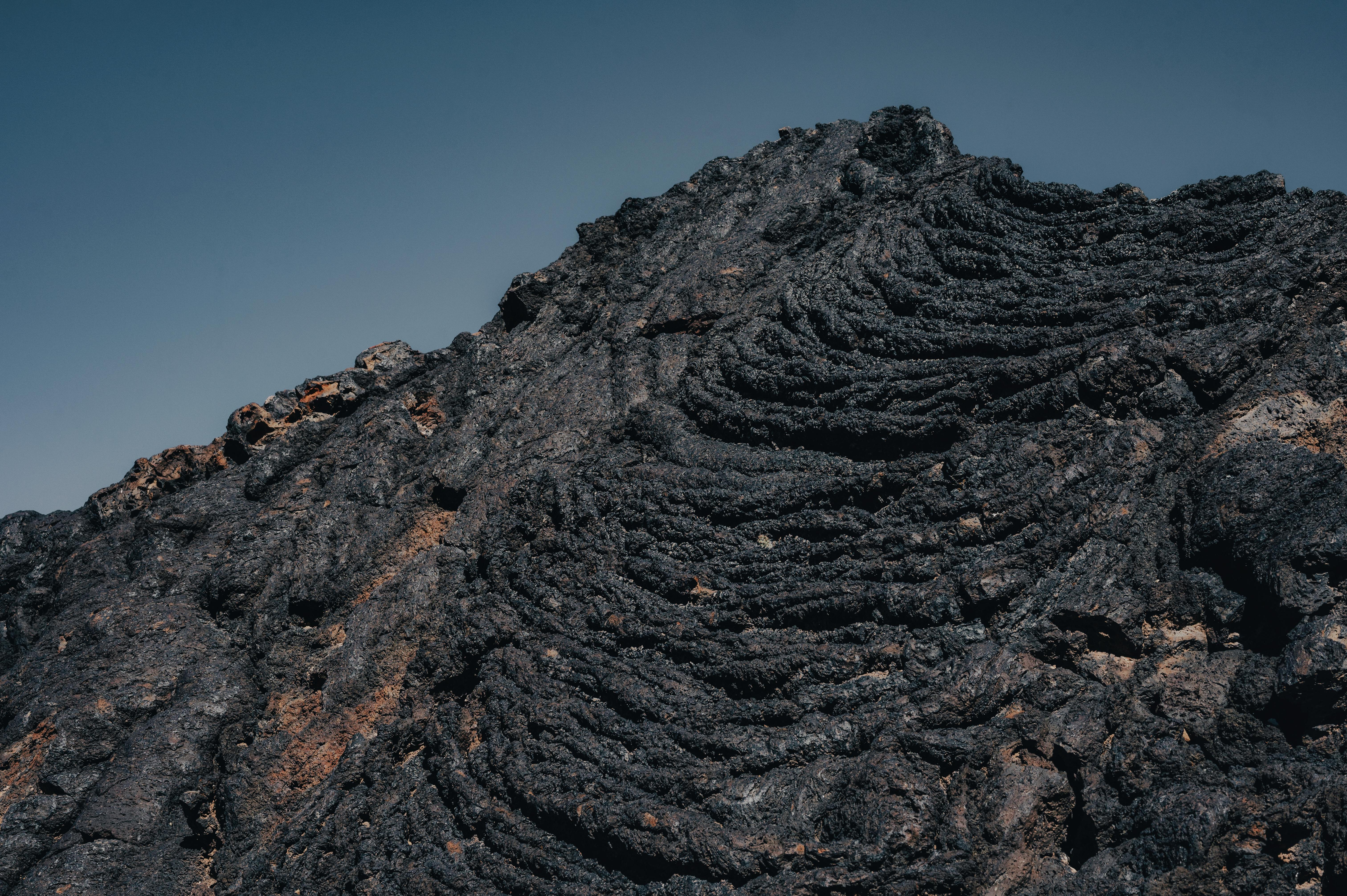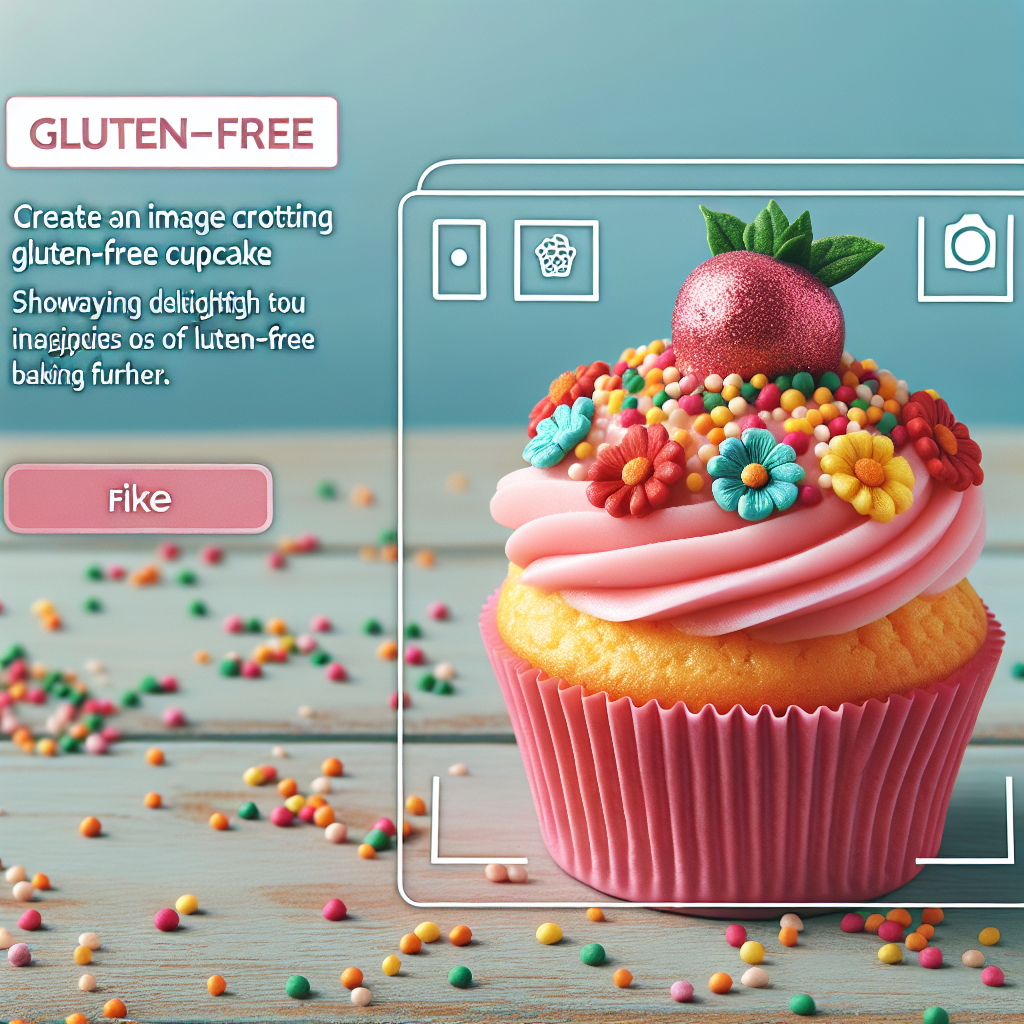In the world of baking, gluten-free options have become increasingly popular, offering a delicious alternative for those with dietary restrictions or sensitivities. But let’s be honest, baking without gluten can be a bit challenging at times. Fear not, because we’ve got your back with some gluten-free baking tips and tricks that will elevate your skills and ensure your creations turn out magnificently. From selecting the right flours to mastering the proportions and understanding the role of binders, this article will guide you through the wonderful world of gluten-free baking, leaving you with mouthwatering treats that everyone can enjoy. So grab your apron and get ready to embark on a gluten-free baking adventure!

Understanding Gluten-Free Baking
Gluten-free baking has become increasingly popular in recent years as more people are discovering the benefits of eliminating gluten from their diets. But what exactly is gluten and why should you choose gluten-free baking?
What is gluten?
Gluten is a protein found in wheat, barley, and rye. It gives structure and elasticity to baked goods, helping them to rise and maintain their shape. However, for individuals with gluten intolerance, such as those with celiac disease or gluten sensitivity, consuming gluten can lead to a range of digestive symptoms and long-term health issues. Therefore, gluten-free baking focuses on using alternative ingredients that do not contain gluten.
Why choose gluten-free baking?
There are several reasons why you might choose to bake gluten-free. First and foremost, it allows individuals with gluten intolerance to enjoy delicious homemade baked goods without worrying about the adverse effects of gluten. Additionally, gluten-free baking can also be beneficial for those looking to reduce inflammation, manage their weight, or simply explore new flavors and ingredients.
Common challenges of gluten-free baking
Gluten-free baking presents a unique set of challenges compared to traditional baking. Without the presence of gluten, it can be difficult to achieve the same texture, rise, and binding properties in baked goods. This is why it’s important to understand the ingredients and techniques that are specific to gluten-free baking.
Choosing the Right Ingredients
One of the key elements of successful gluten-free baking is choosing the right ingredients. Here are some essential considerations:
Gluten-free flours and starches
When it comes to gluten-free flours, there are numerous options available, including rice flour, almond flour, coconut flour, and tapioca flour, among others. Each flour has its own unique characteristics and flavors, so it’s important to experiment and find the ones that work best for your desired results. Additionally, starches such as potato starch and arrowroot powder can help improve texture and provide structure in gluten-free baking.
Binders and thickeners
Without gluten, it’s necessary to use binders and thickeners to hold the ingredients together and create a cohesive texture. Common binders in gluten-free baking include xanthan gum and guar gum, which help mimic the binding properties of gluten. These ingredients can be found in most health food stores or online. Additionally, tapioca starch and arrowroot powder can serve as thickeners in recipes such as puddings or sauces.
Sweeteners and flavor enhancers
Choosing the right sweeteners and flavor enhancers is crucial for creating delicious gluten-free baked goods. Natural sweeteners such as honey, maple syrup, or agave nectar can add a touch of sweetness without the need for refined sugars. Additionally, spices and extracts can enhance the flavors of your baked goods, so don’t be afraid to get creative with cinnamon, vanilla, or even citrus zest.

Adapting Recipes for Gluten-Free Baking
Once you have a good understanding of the ingredients, it’s time to adapt your favorite recipes for gluten-free baking. Here are some tips to help you get started:
Converting measurements
When converting recipes to gluten-free, it’s important to pay attention to the measurements. Some gluten-free flours can be denser or absorb more liquid than wheat flour, so you may need to adjust the quantities accordingly. It’s recommended to start with a 1:1 substitute ratio and make adjustments as needed based on the consistency of the batter or dough.
Substituting ingredients
Substituting ingredients is another important aspect of gluten-free baking. As mentioned earlier, different flours have different properties, so it’s important to choose the right ones for the desired outcome. You may need to combine multiple flours to achieve the desired texture and taste. Additionally, eggs can be a valuable ingredient in gluten-free baking as they provide structure and moisture.
Adjusting baking times and temperatures
Gluten-free baked goods may require longer baking times or lower temperatures compared to traditional recipes. This is because gluten-free flours can take longer to cook and set. It’s important to closely monitor your baked goods while they are in the oven and make adjustments as needed to prevent over-browning or undercooking.
Creating the Perfect Texture
One of the main challenges in gluten-free baking is achieving the perfect texture. Gluten plays a crucial role in giving baked goods their soft and springy texture, so it’s important to find alternative methods for achieving similar results. Here are some tips:
Understanding the role of gluten in texture
Gluten provides elasticity and structure to baked goods, giving them a light and fluffy texture. In gluten-free baking, you’ll need to rely on other ingredients and techniques to achieve a similar effect. This includes using binding agents like xanthan gum or guar gum, as well as incorporating air into the batter through mixing or folding techniques.
Tips for achieving a light and fluffy texture
To achieve a light and fluffy texture in gluten-free baked goods, it’s important to incorporate air into the batter. This can be done by beating the batter or dough for a longer period of time, or by gently folding in whipped egg whites. Additionally, using leavening agents such as baking powder or baking soda can help create a lighter texture.
Tips for creating a chewy texture
If you prefer a chewy texture in your gluten-free baked goods, there are a few tricks you can try. Adding moisture-retaining ingredients such as applesauce, yogurt, or vegetable oil can help keep the baked goods moist and chewy. Additionally, using higher protein flours like almond flour or adding additional eggs can help achieve a chewier texture.

Enhancing Flavor in Gluten-Free Baked Goods
Gluten-free baked goods can sometimes be perceived as lacking in flavor or complexity. However, with the right techniques and ingredients, you can create delicious and flavorful treats. Here are some tips:
Choosing the right spices and extracts
Spices and extracts can add depth and complexity to your gluten-free baked goods. Experiment with cinnamon, nutmeg, ginger, or cardamom to add warmth and aroma. Vanilla extract or almond extract can also enhance the overall flavor of your baked goods. Don’t be afraid to get creative and try different combinations to find your favorite flavors.
Experimenting with alternative grains
Gluten-free baking opens up a whole new world of alternative grains. Quinoa, amaranth, teff, and millet are just a few examples of grains that can add unique flavors and textures to your baked goods. These grains can be ground into flours or cooked and added directly to the batter for extra nutrition and flavor.
Incorporating fruits and nuts
Adding fruits and nuts to your gluten-free baked goods can not only enhance the flavor but also add moisture and texture. Fresh or dried fruits like berries, apples, or raisins can provide bursts of sweetness, while nuts like almonds, walnuts, or pecans can add crunch and richness. Experiment with different combinations to find your perfect blend.
Using Alternative Binders and Thickeners
In gluten-free baking, it’s important to use alternative binders and thickeners to replace the role of gluten. Here are some common options:
Xanthan gum and guar gum
Xanthan gum and guar gum are commonly used as binders in gluten-free baking. They help provide structure and elasticity to doughs and batters, mimicking the role of gluten. These gums can be found in most health food stores or specialized baking supply shops. It’s important to follow the recommended usage guidelines, as using too much can result in a gummy texture.
Psyllium husk and chia seeds
Psyllium husk and chia seeds are natural alternatives to gums in gluten-free baking. They can be mixed with water to create a gel-like consistency that helps bind ingredients together. These ingredients also add fiber and nutrients to your baked goods. It’s important to let the mixture sit for a few minutes to allow it to thicken before incorporating it into your recipe.
Egg replacers for vegan baking
For those following a vegan or egg-free diet, there are several options for replacing eggs in gluten-free baking. Common egg replacers include applesauce, mashed bananas, yogurt, silken tofu, or commercial egg replacer powders. These ingredients can provide moisture, texture, and structure similar to eggs. It’s important to experiment with different options to find the one that works best for your desired results.
Avoiding Dry and Crumbly Results
Dry and crumbly results are a common challenge in gluten-free baking. However, with the right techniques and ingredients, you can achieve moist and tender baked goods. Here are some tips:
Moisture-retaining ingredients
To prevent dryness in gluten-free baked goods, it’s important to incorporate moisture-retaining ingredients. This can include adding ingredients like applesauce, yogurt, pumpkin puree, or mashed bananas to your batters or doughs. These ingredients can help keep the final product moist and tender.
Adjusting liquid and fat ratios
Another way to avoid dry and crumbly results is by adjusting the liquid and fat ratios in your recipes. Gluten-free flours tend to absorb more liquid than wheat flour, so it may be necessary to increase the amount of liquid in your recipes. Additionally, increasing the fat content by adding extra butter, oil, or nut butter can help keep your baked goods moist.
Proper storage techniques
Proper storage is crucial for maintaining the moisture and freshness of your gluten-free baked goods. To prevent them from drying out, store them in an airtight container or wrap them tightly in plastic wrap. Adding a slice of bread or a moist paper towel to the container can also help retain moisture. It’s important to note that gluten-free baked goods tend to have a shorter shelf life compared to their gluten-containing counterparts, so it’s best to consume them within a few days.
Overcoming Flat and Dense Baked Goods
Flat and dense baked goods can be frustrating, but with some adjustments, you can achieve the desired rise and lightness in your gluten-free creations. Here’s what you can do:
Leavening agents for gluten-free baking
Leavening agents such as baking powder and baking soda play a crucial role in creating lift and structure in baked goods. In gluten-free baking, using a combination of these leaveners can help achieve a better rise. It’s important to use fresh leavening agents to ensure their effectiveness and to follow the recommended ratios in your recipes.
Incorporating air into the batter
Another way to overcome flat and dense results is by incorporating air into the batter. This can be achieved by beating the batter for a longer period of time or by gently folding in whipped egg whites. The trapped air bubbles will help create a lighter texture in your baked goods.
Proper mixing and folding techniques
Proper mixing and folding techniques are essential for gluten-free baking. Overmixing can lead to a tougher texture, so it’s important to mix just until the ingredients are combined. When folding in whipped egg whites or other delicate ingredients, use a gentle hand to prevent deflating the air bubbles. These techniques will help create a lighter and less dense final product.
Dealing with Gummy or Soggy Textures
Gummy or soggy textures can be a common issue in gluten-free baking, but with the right techniques, you can overcome this challenge. Here’s what to do:
Avoiding excessive moisture
Excessive moisture can lead to a gummy or soggy texture in gluten-free baked goods. To avoid this, ensure that you are measuring your ingredients accurately and following the recommended ratios in your recipes. Additionally, make sure to allow your baked goods to cool completely before storing them, as trapped steam can contribute to excess moisture.
Proper cooling and drying techniques
Proper cooling and drying techniques are crucial for achieving the desired texture in gluten-free baked goods. After removing your baked goods from the oven, allow them to cool on a wire rack. This will prevent excess moisture from getting trapped and will help maintain a crisp exterior. If desired, you can also place the baked goods back in the oven for a few minutes to help dry out the interior.
Using alternative cooking methods
In some cases, using alternative cooking methods can help overcome gummy or soggy textures. For example, if you’re experiencing issues with the texture of your bread, you can try toasting it to achieve a drier and crispier result. Additionally, using a convection oven or a dehydrator can help remove excess moisture from your baked goods.
Decorating and Presentation Tips
Gluten-free baked goods can be just as beautiful and delicious as their gluten-containing counterparts. Here are some tips to make your creations shine:
Gluten-free frosting and icing options
When it comes to frosting and icing gluten-free baked goods, there are many options available. Traditional buttercream frosting can easily be made gluten-free by using gluten-free powdered sugar and ensuring that all other ingredients are gluten-free. Additionally, cream cheese frosting, ganache, or even whipped coconut cream can be used to add a touch of sweetness and elegance to your creations. It’s important to read labels and choose gluten-free ingredients to avoid any cross-contamination.
Creative decorating techniques
In addition to traditional frosting, there are numerous creative decorating techniques that can be used to enhance the appearance of your gluten-free baked goods. From piping intricate designs to using edible flowers or sprinkles, the possibilities are endless. Get creative and let your artistic side shine.
Substitutions for gluten-containing decorations
If you’re looking to replace gluten-containing decorations, there are many alternatives available. For example, instead of using regular cake sprinkles, you can opt for gluten-free sprinkles made from natural colorings. Additionally, gluten-free cookie crumbs, toasted coconut flakes, or crushed nuts can be used to add texture and flavor to your creations. Always read labels and double-check that the decorations you choose are gluten-free.
With these tips and tricks, you’ll be well on your way to mastering the art of gluten-free baking. Enjoy the process, experiment with different ingredients, and don’t be afraid to get creative. And most importantly, have fun and savor the delicious results!

